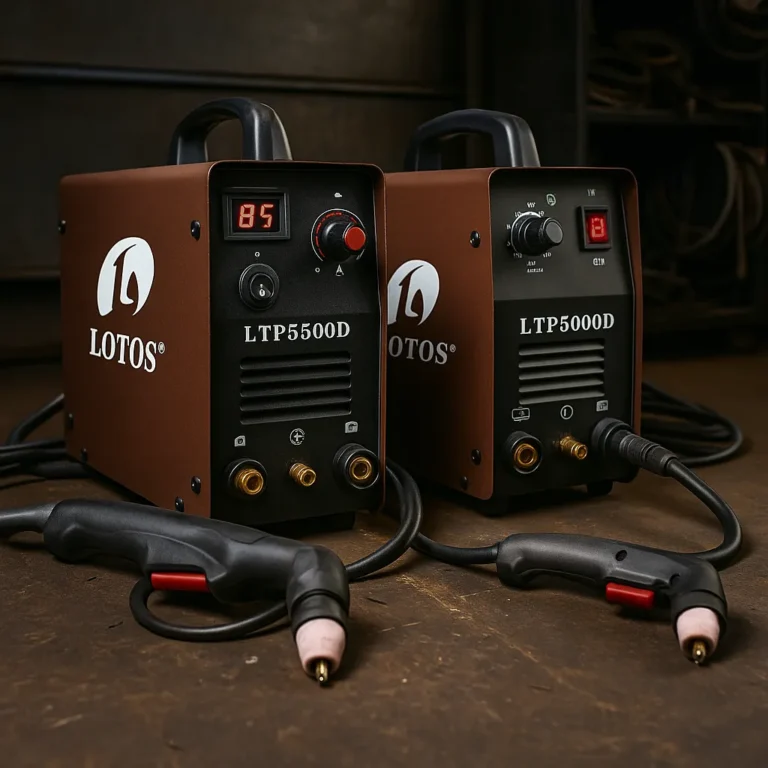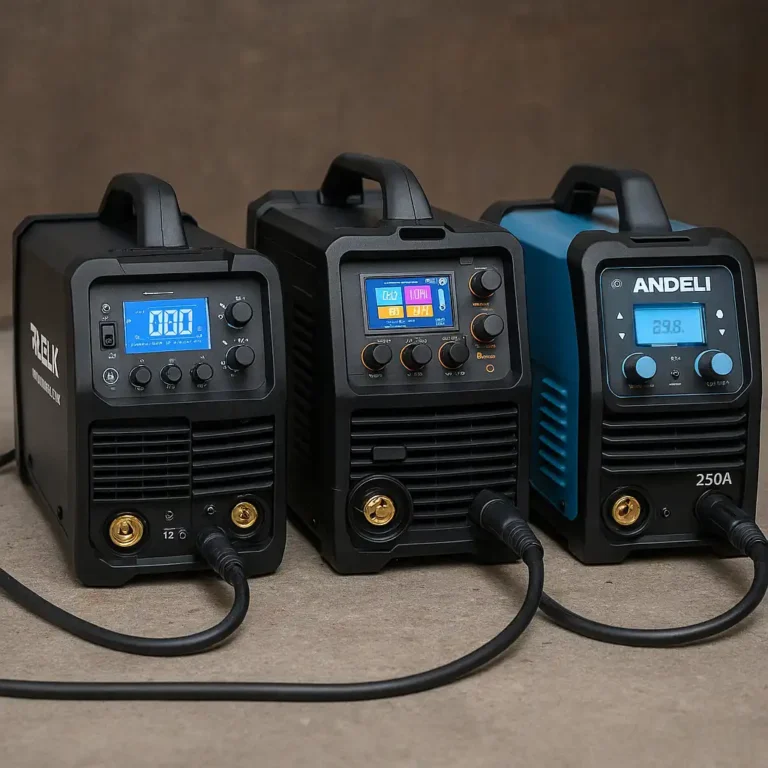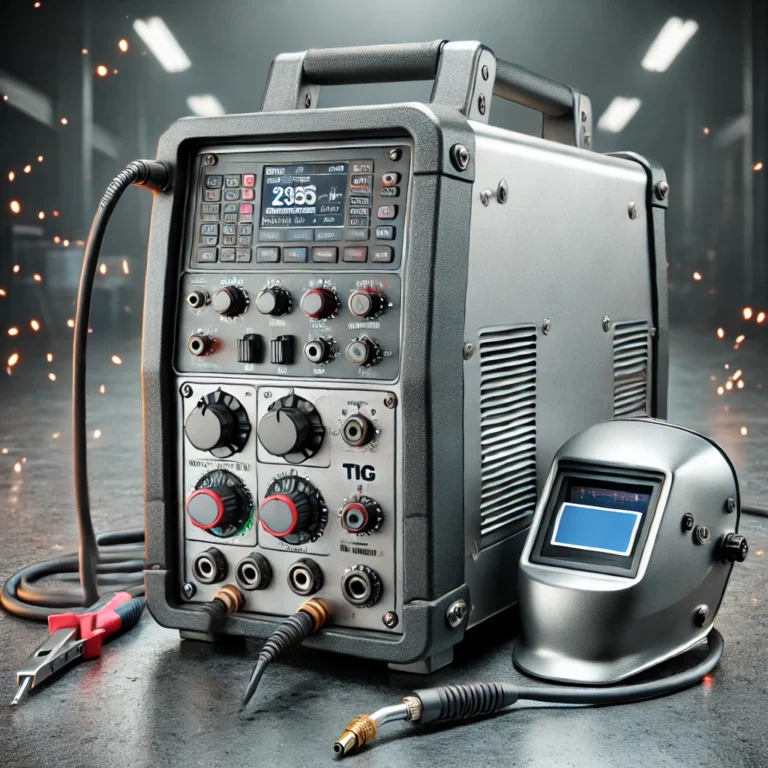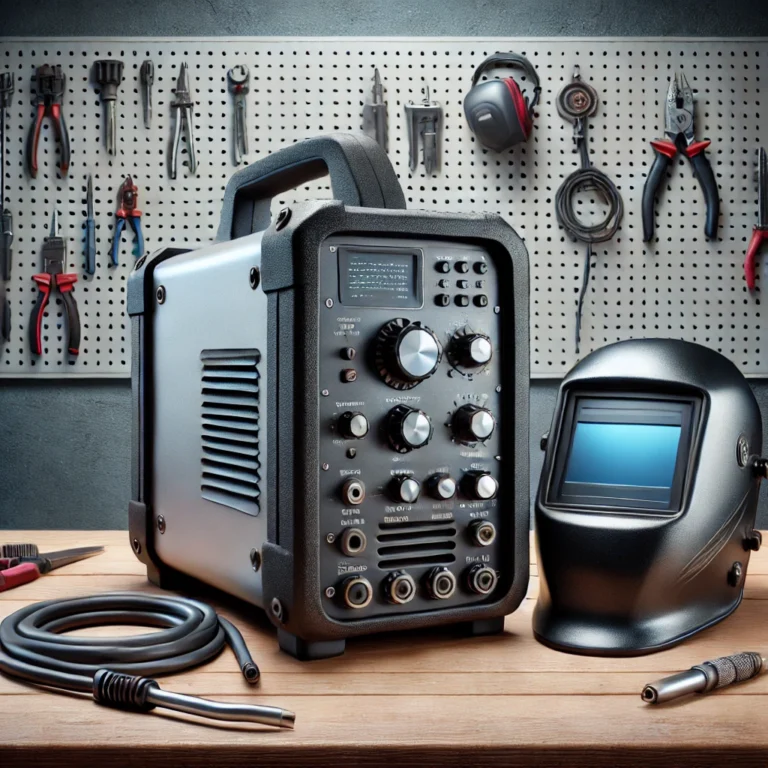The Ultimate Plasma Cutters Review – Top Picks for Precision Cuts

Disclosure: This post contains affiliate links. As an Amazon Associate, I earn from qualifying purchases—at no extra cost to you.
When it comes to cutting metal with precision, plasma cutters are a game-changer. Whether you’re a professional fabricator or a DIY enthusiast, having the right plasma cutter can make all the difference in speed, accuracy, and performance. In this review, we’ll explore some of the best plasma cutters on the market, helping you find the ideal tool for your projects.
What to Look for in a Plasma Cutter
Choosing the right plasma cutter involves evaluating several key factors:
- Cutting Capacity: Consider the maximum thickness the cutter can handle.
- Power Supply: Dual voltage units (110V/220V) offer flexibility.
- Pilot Arc Technology: Ideal for cutting through painted or rusty metals without touching the surface.
- Portability: Lightweight models with handles are perfect for job sites.
- Ease of Use: Digital displays and clear controls improve user experience.
SILATU 75Amps Plasma Cutter Review
The SILATU 75Amps Plasma Cutter is a powerful tool designed for both professionals and hobbyists. Its large LED display makes it easy to monitor settings for optimal performance. The Non-Touch Pilot Arc feature ensures you can cut through painted, rusty, or rough surfaces without direct contact, extending the lifespan of your consumables. Plus, its 1-inch maximum cutting thickness makes it ideal for demanding jobs.
Key Features:
- Dual voltage compatibility (110/220V)
- Air sensor technology for improved cutting precision
- Lightweight design for portability
YESWELDER Plasma Cutter CUT-65DS PRO Review
The YESWELDER CUT-65DS PRO offers exceptional performance in a compact design. Its Non-Touch Pilot Arc minimizes wear on consumables, making it ideal for long-term use. Equipped with 65 amps of cutting power, this plasma cutter can handle up to 5/8-inch thick metal with clean results. The digital display and precise amperage control ensure consistent performance with minimal guesswork.
Key Features:
- Non-high-frequency start for reduced interference
- Dual voltage functionality for versatile operation
- Excellent for home workshops or professional use
LOTOS LTP5800D Plasma Cutter Review
The LOTOS LTP5800D stands out for its 15% boost in cutting speed, making it a great choice for time-sensitive projects. With a clean cut of 5/8 inches and a severance cut of up to 3/4 inches, it handles a variety of metals efficiently. Its dual voltage capability and non-touch pilot arc make this model versatile and ideal for tough cutting conditions.
Key Features:
- Enhanced cutting speed for improved productivity
- Non-touch pilot arc for cleaner cuts
- Durable design for long-lasting performance
Conclusion
Whether you’re a seasoned welder or just starting out, investing in a reliable plasma cutter can save you time and improve your results. The SILATU 75Amps, YESWELDER CUT-65DS PRO, and LOTOS LTP5800D all offer impressive features to suit various cutting needs.






